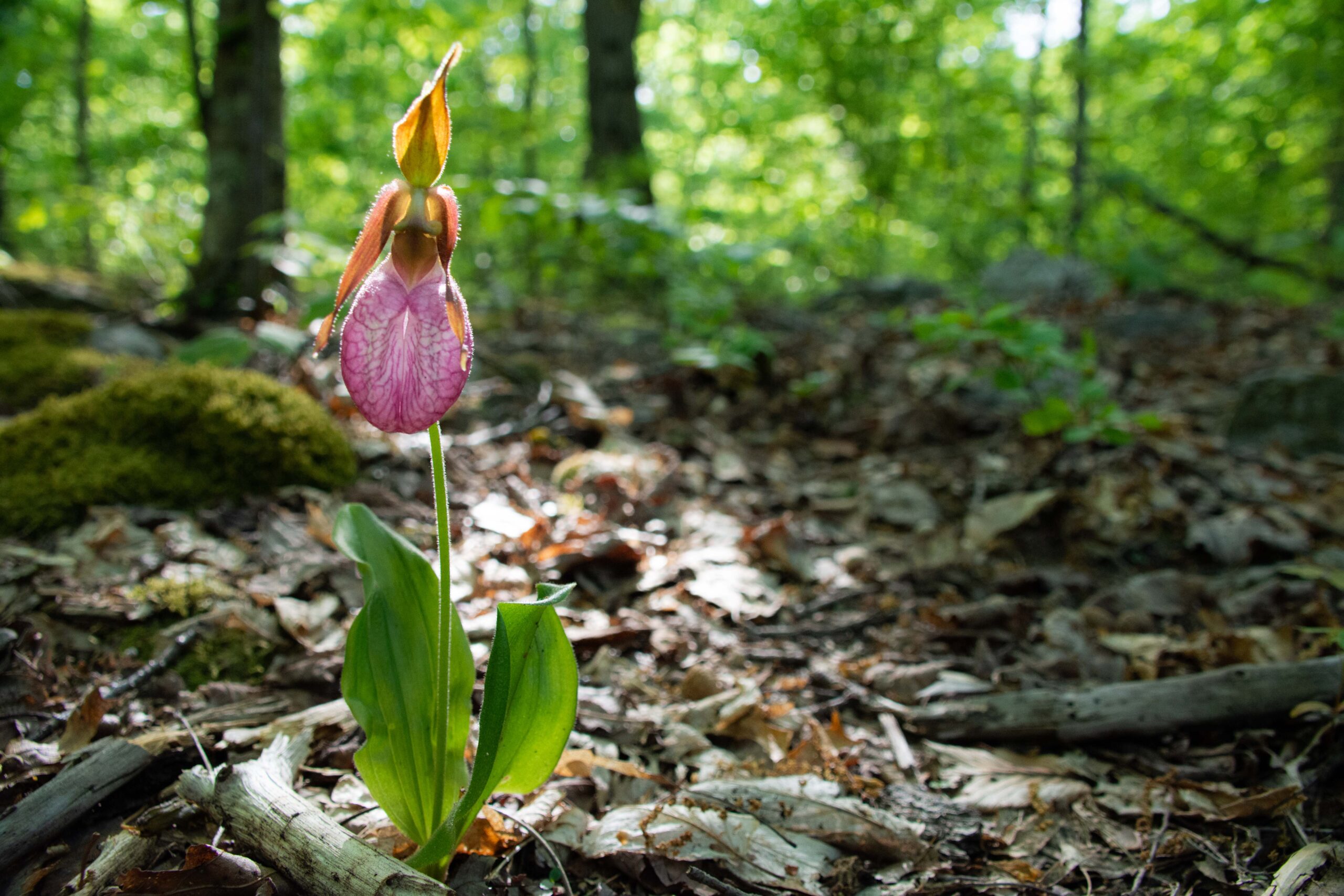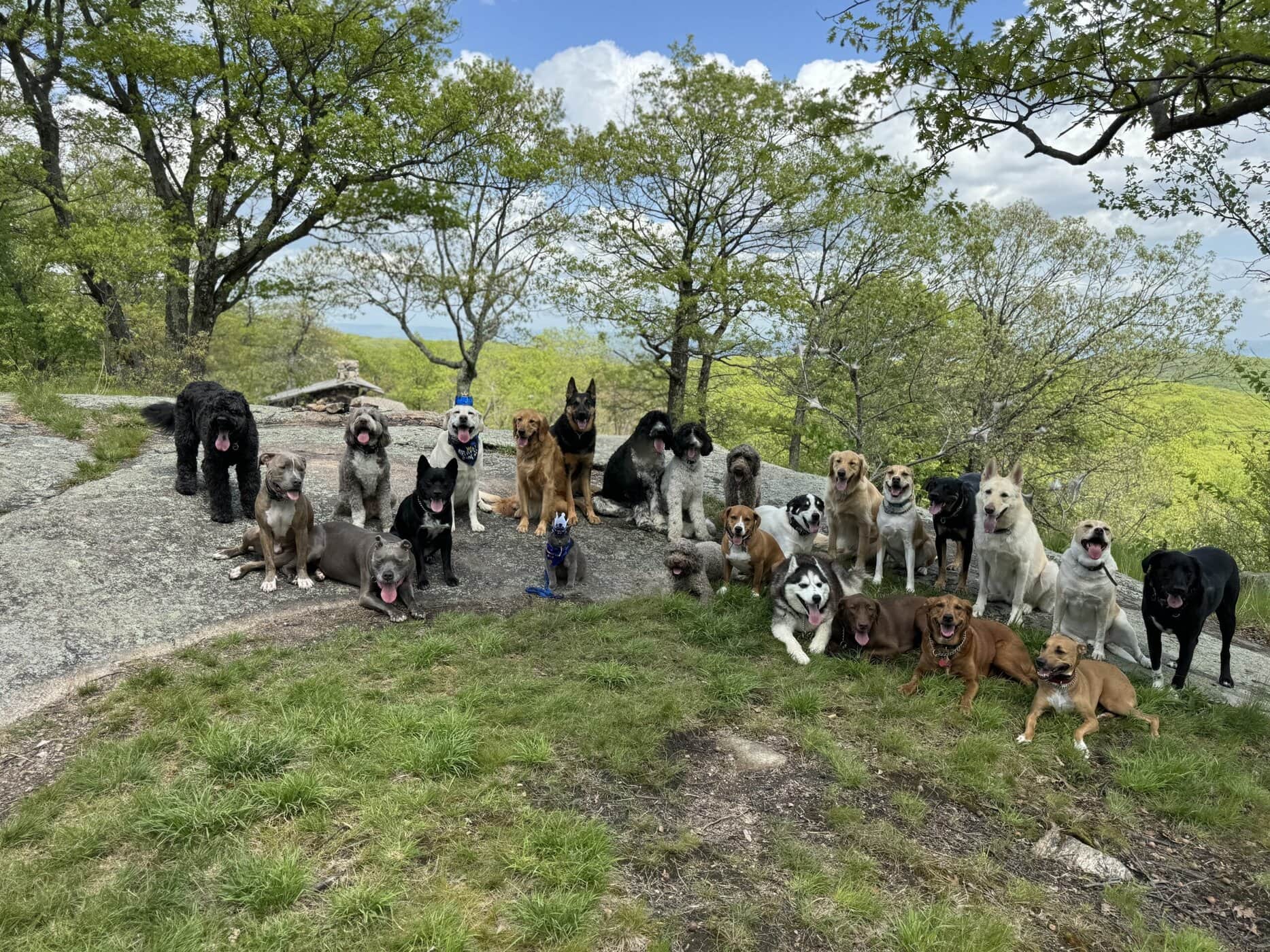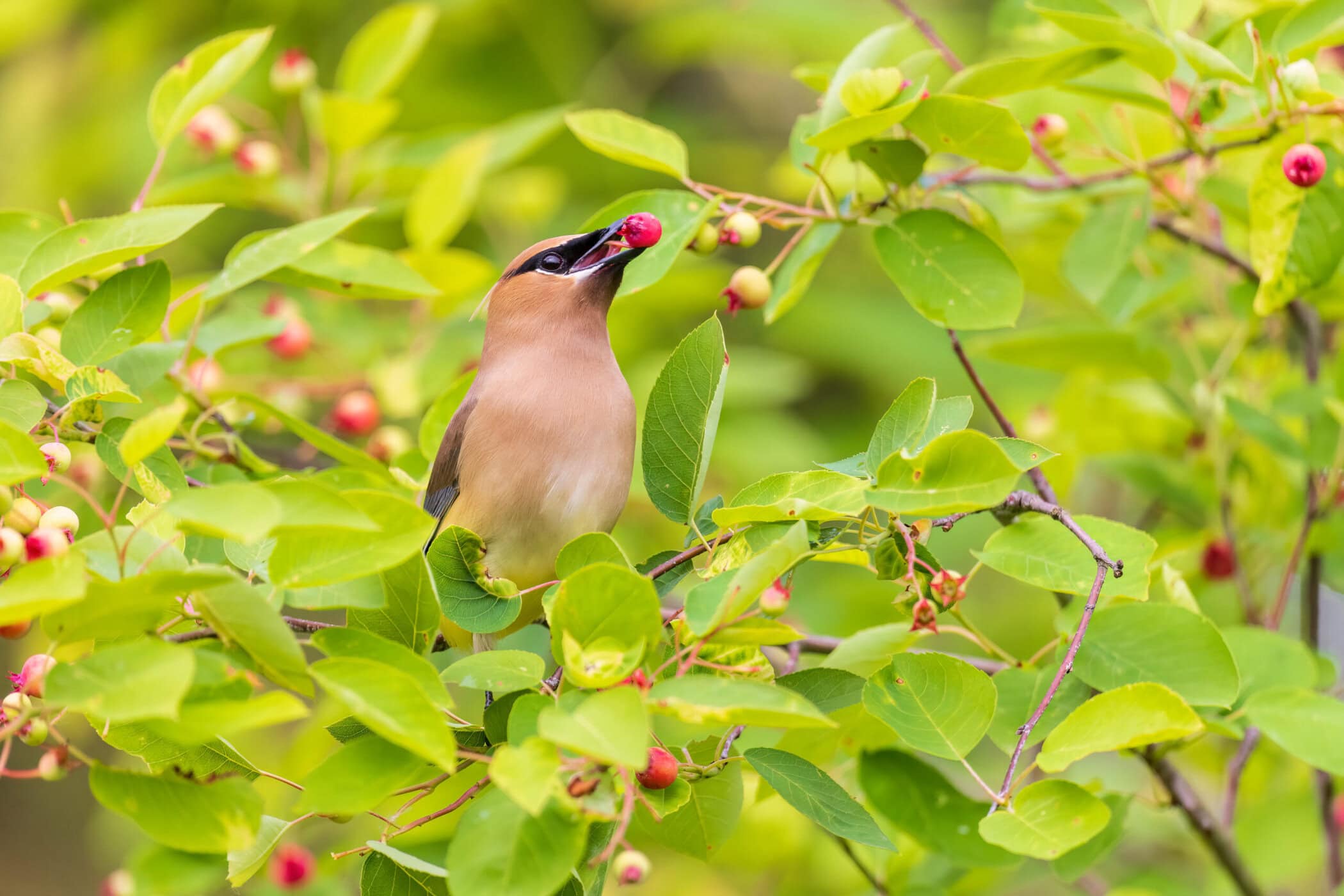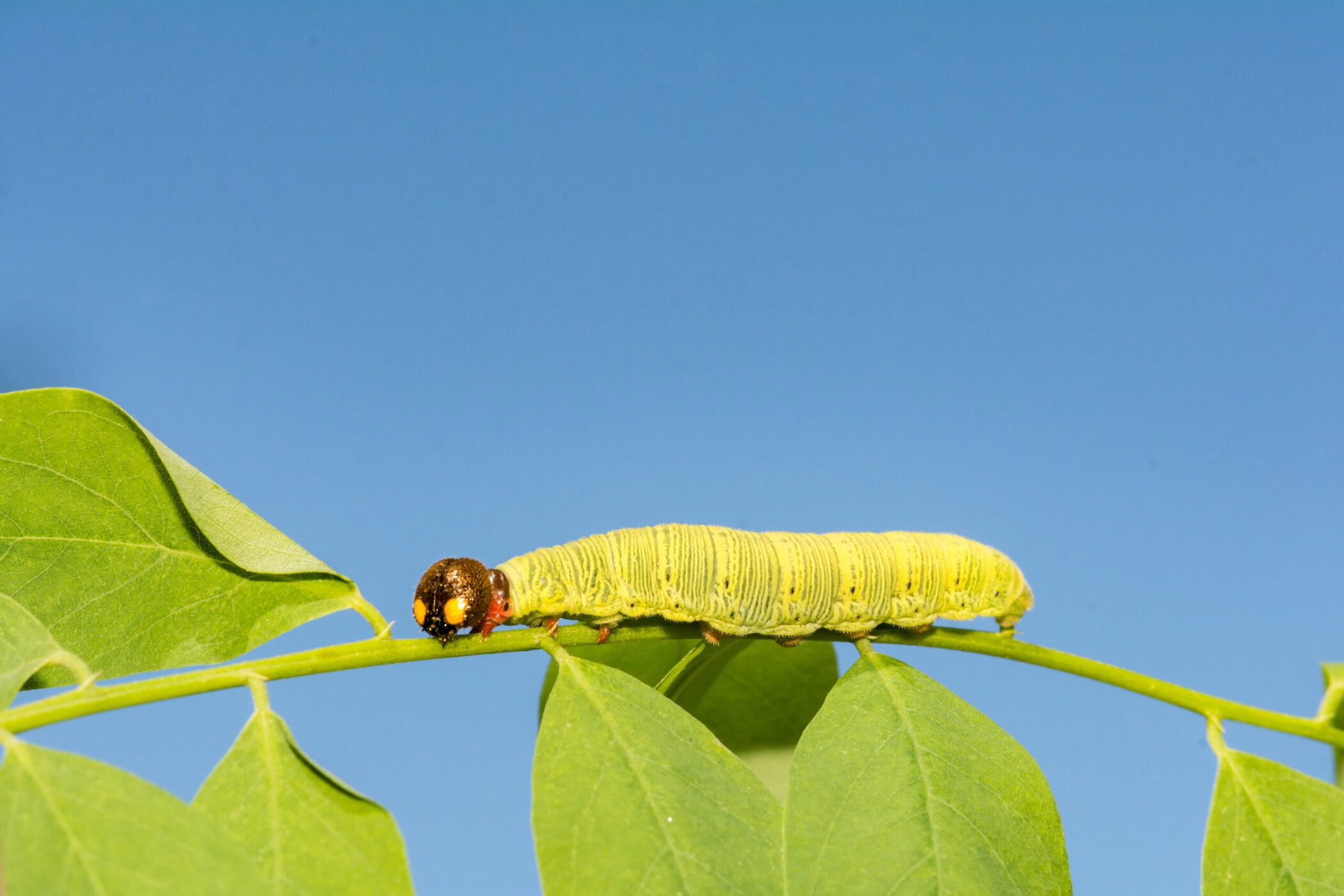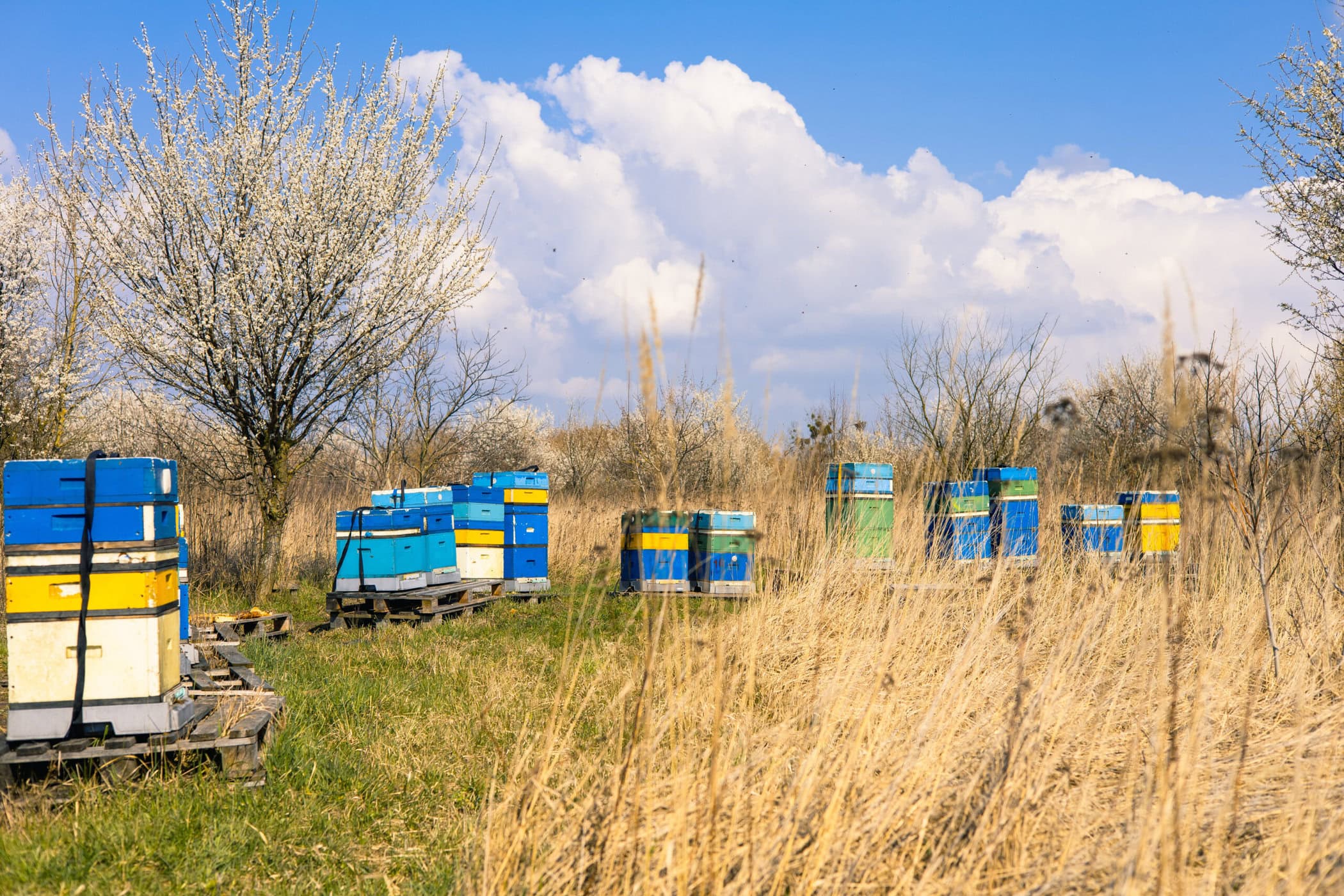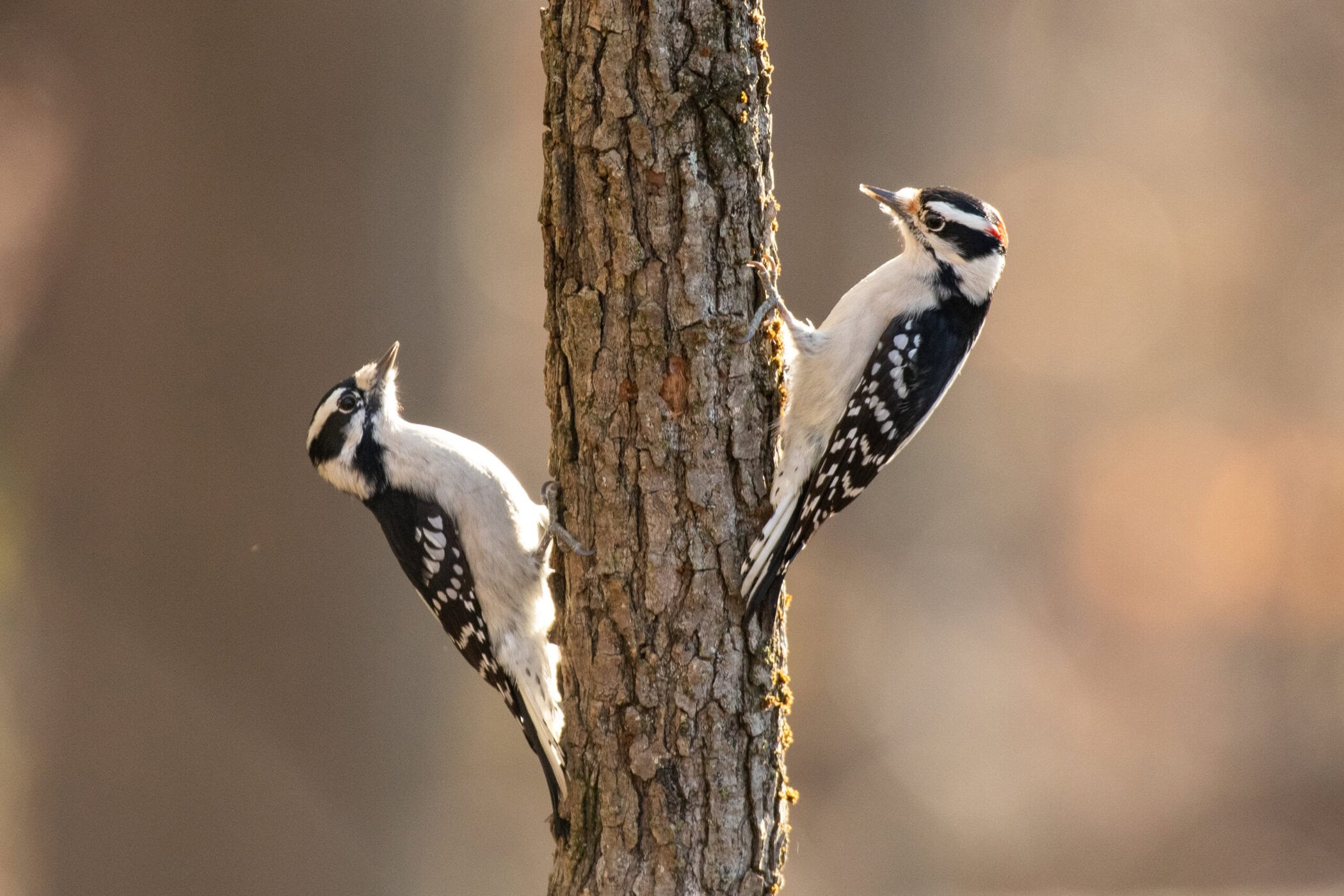Blue crabs may not be as synonymous with the Hudson River as they are with Chesapeake Bay — but plenty of these colorful crustaceans live in the estuary’s brackish waters, with some even found as far north as the federal dam in Troy. In late June, female blue crabs will be on the move, seeking out mates. That’s step one in a dynamic process that will ensure future generations of these fascinating creatures. How fascinating? Check out some of our favorite facts.
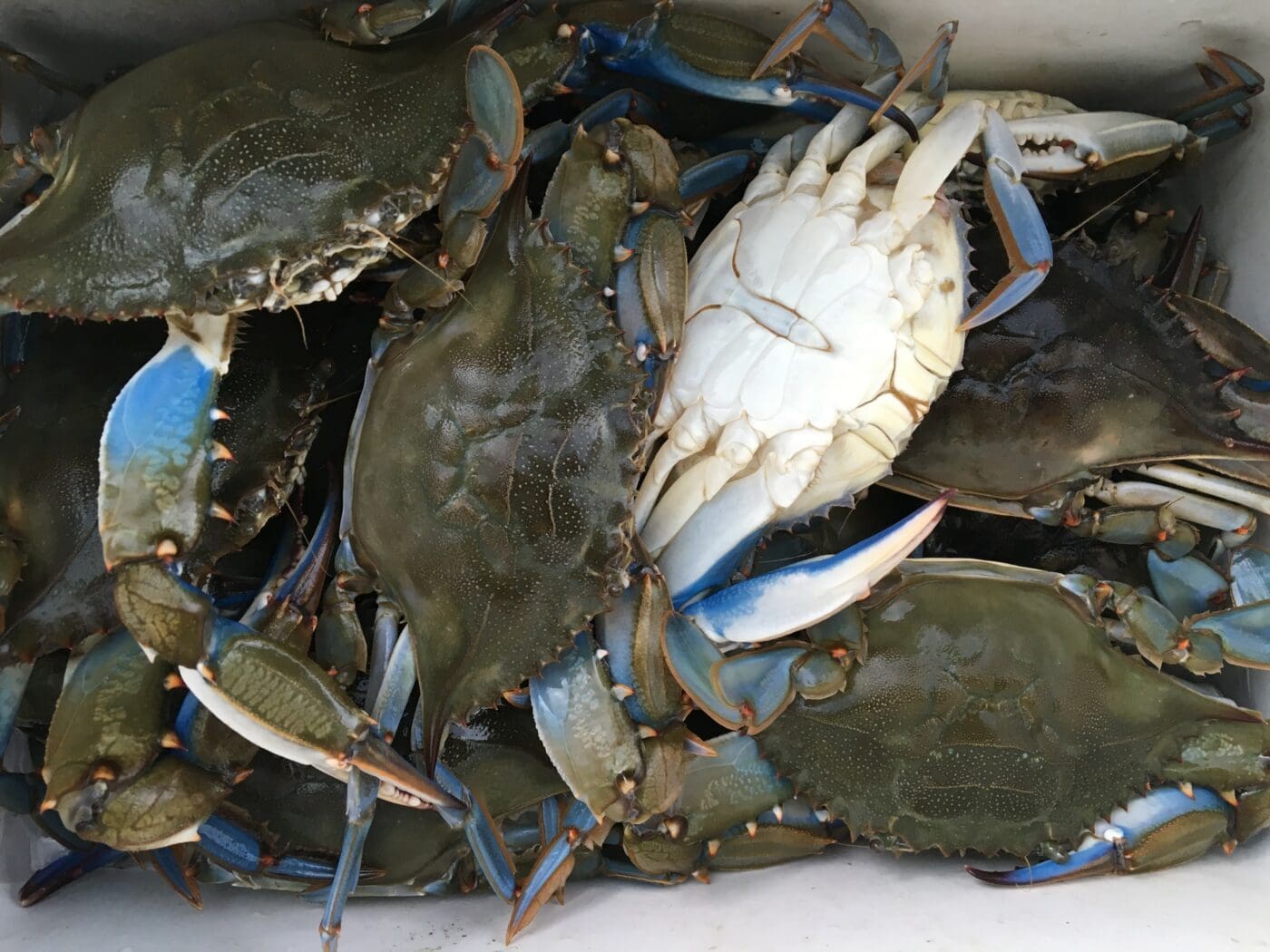
Female blue crabs, called “sallys,” are slightly smaller than the males (aka “jimmys”). As they grow, crabs periodically molt, shedding their thick outer shell. Over the course of their three- to four-year lifespan, sallys typically molt 18 to 20 times; jimmys, 21 to 23 times. It takes about 48 hours for the new shell to harden completely, so blue crabs must find a place to hide from fish, birds, and other predators when molting occurs.
The blue crab’s Latin name — Callinectes sapidus — means “beautiful savory swimmer.” This refers both to the tastiness of their meat and their facility at underwater propulsion. Dark green on top and white underneath, the “blue” in their name comes from the azure hue on the males’ front claws. (Females’ claws are tipped with red.)
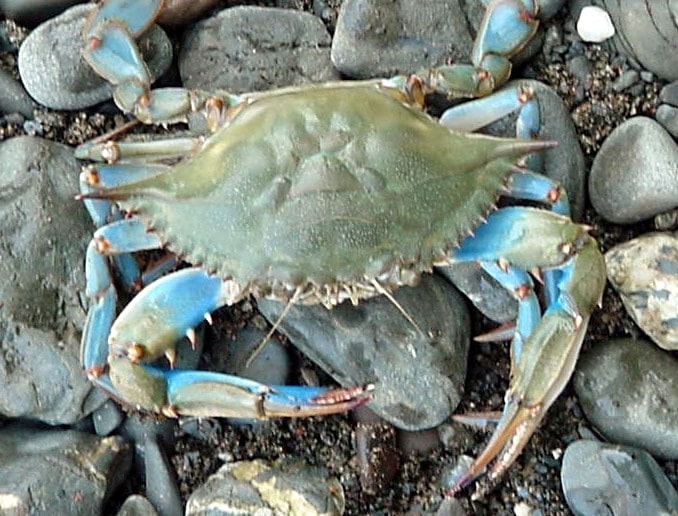
Blue crabs have five pairs of legs. The front pair feature claws or pincers. The sharp bumps on one claw are good for tearing, while rounded bumps on the other help them keep hold of prey. Together, the two claws act as a knife and fork. The crabs’ back pair of legs sport paddles for swimming. They can rotate these paddles up to 40 times per minute, allowing them to reach speeds of over two miles per hour.
Perhaps the blue crab’s most amazing feat is that it can jettison a limb whenever it wants. If a predator chomps down on a leg, the crab simply releases it. Soon, it will start growing a new appendage.
Blue crabs are omnivores, meaning they eat both plants and animals. Their diet includes mollusks, aquatic vegetation, live or dead fish, and even each other. Most of the year, crabs live a solitary existence because of their aggressiveness and propensity for cannibalism.
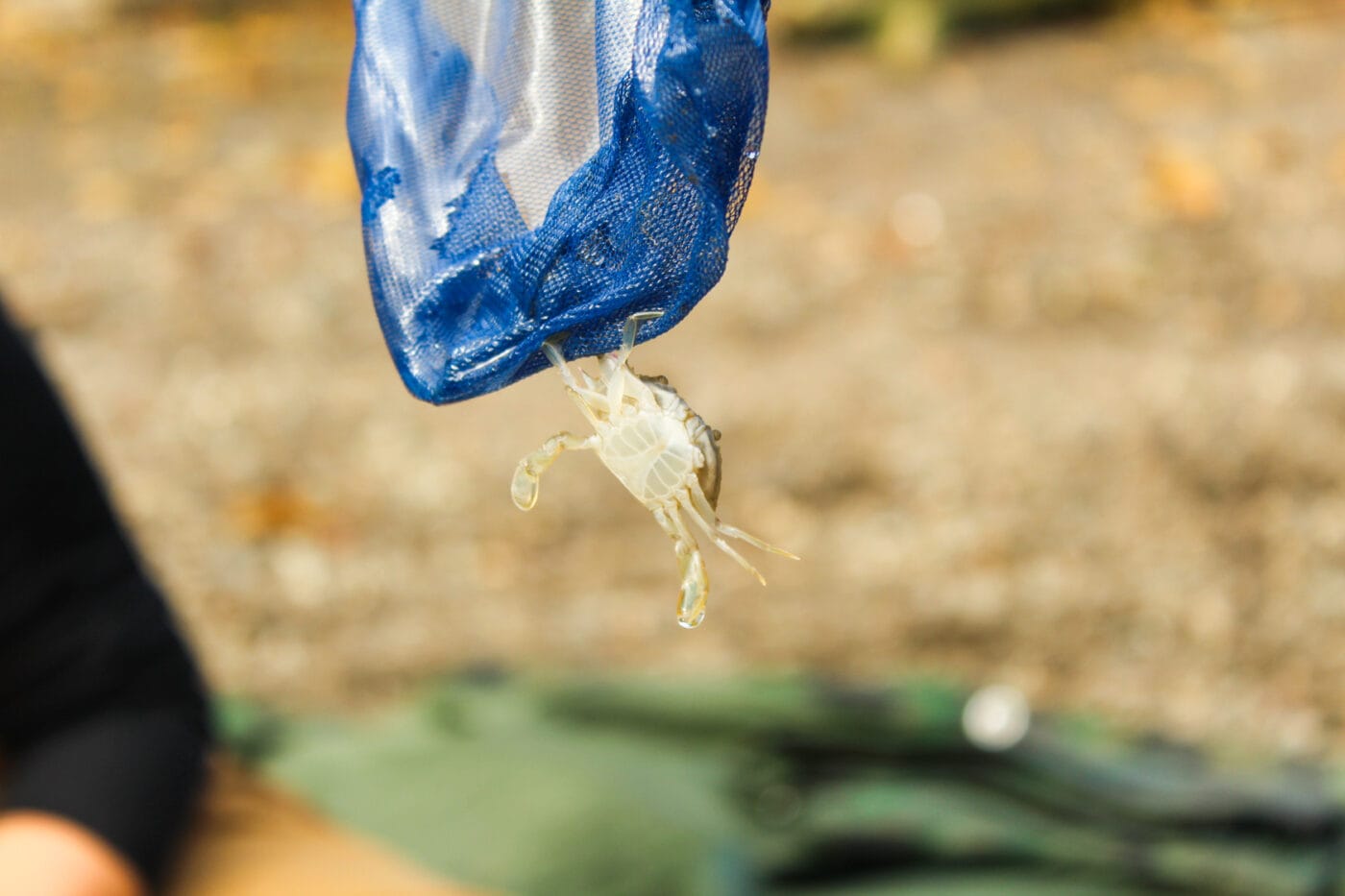
A female blue crab mates only once in her life, usually between May and October. This process begins as she is about to molt for the last time. She will travel long distances — up to 125 miles in the Chesapeake Bay — to find a suitable mate. The male performs a courtship “dance,” standing upright and fanning out his claws and paddles, to prove his worthiness in protecting her. Once she molts, they mate. Afterward, the male will remain with the female, carrying her at times, and often forgoing food, until her shell hardens.
Sallys wait up to nine months to fertilize their eggs. In the meantime, they store the male’s sperm in a special sac. Usually between May and August the following year, after they have migrated back to waters with higher salinity, they will release a sponge-like mass containing up to two million fertilized eggs. The mass will remain attached to each sally’s abdomen until the larvae emerge.
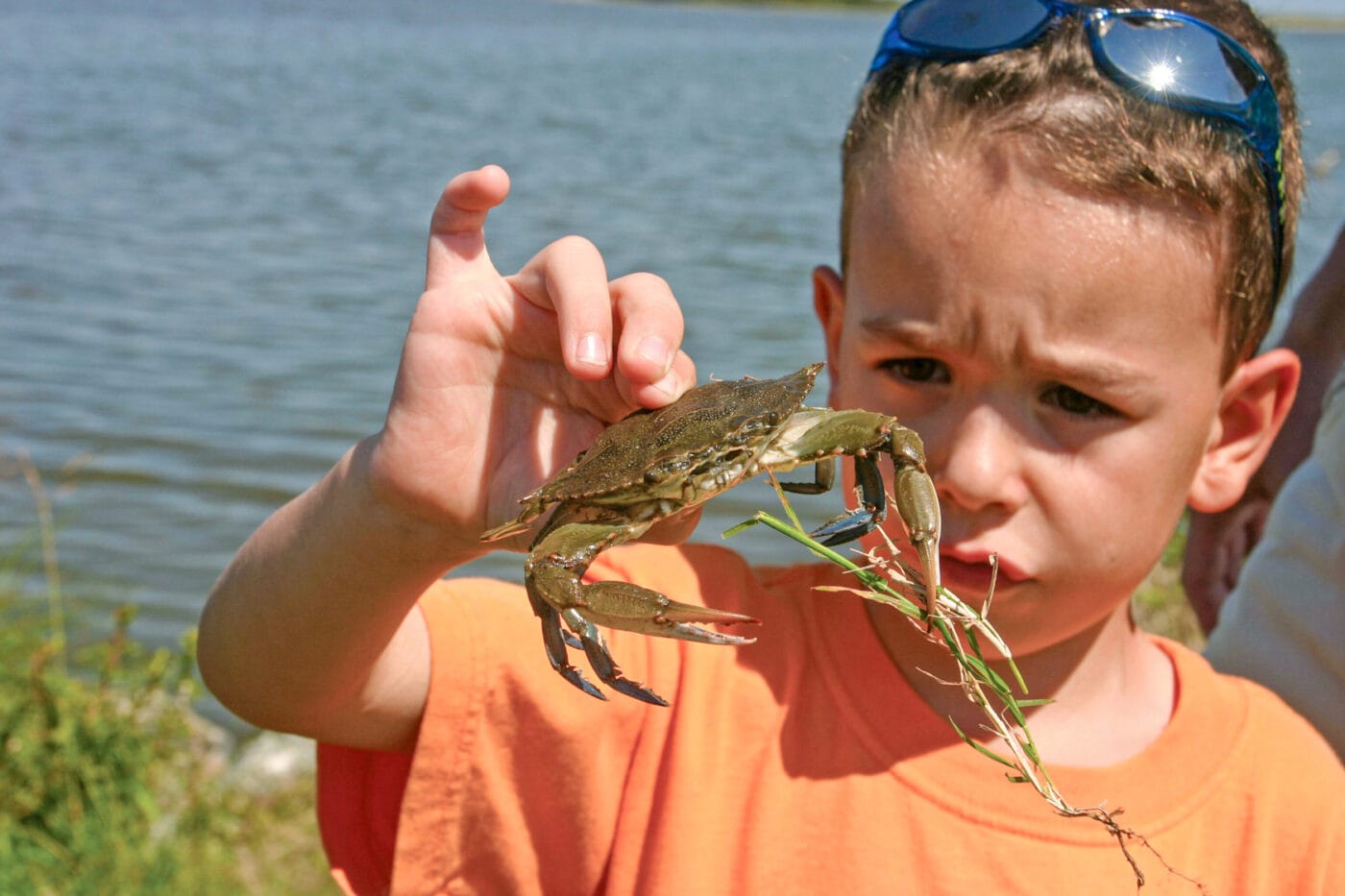
Blue crabs’ eyes are located on stalks that allow them to look forward, backward, and to the side. When they’re hiding beneath the mud, the stalks act as periscopes. Crabs also have two sets of antennae that sense vibrations in the water, good for detecting both predators and prey.
Along with herring, blue crabs are one of only two Hudson River species that can be caught and sold commercially. Longtime fishermen like John Mylod use traps, but as Edible Hudson Valley reports, “You can even tie a chicken leg to the end of a string” and be likely to snare one. State regulations limit the size and number that can be caught, while health advisories warn about consuming too many of them. Check out both prior to beginning a crab-catching adventure.


